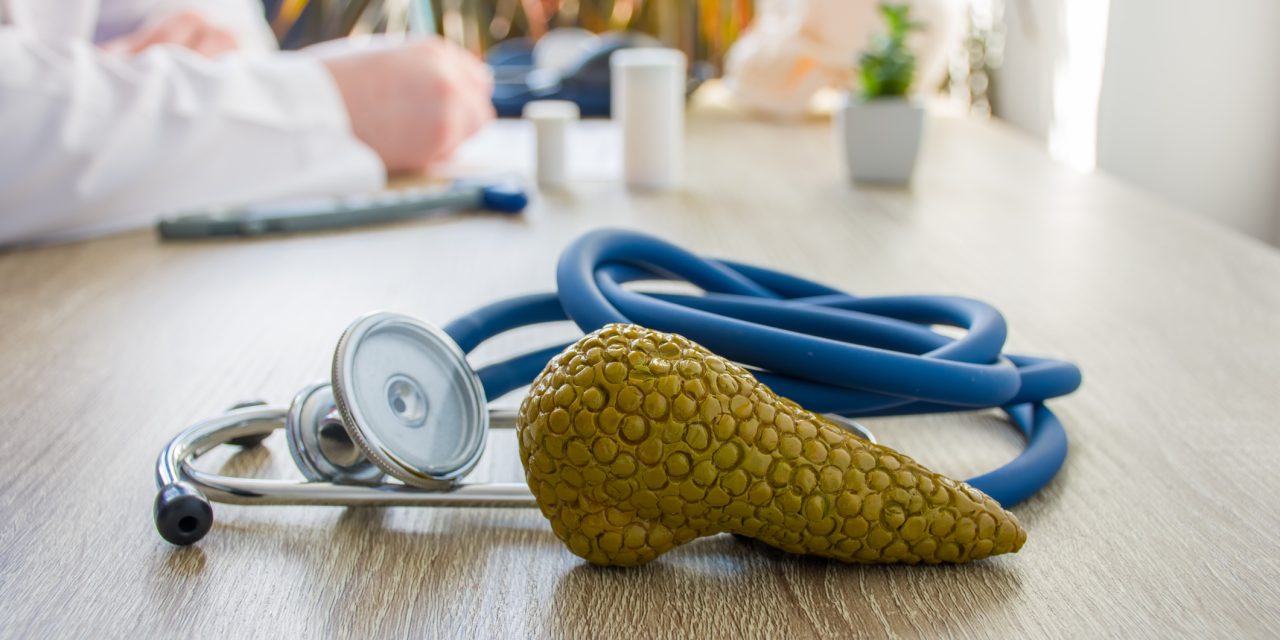Psoralea corylifolia (P corylifolia) has been popularly applied in traditional Chinese medicine decoction for treating osteoporosis and promoting fracture healing since centuries ago. However, the bioactive natural components remain unknown. In this study, applying comprehensive two-dimensional cell membrane chromatographic/C18 column/time-of-flight mass spectrometry (2D CMC/C18 column/TOFMS) system, neobavaisoflavone (NBIF), for the first time, was identified for the bioaffinity with RAW 264.7 cells membranes from the extracts of P corylifolia. Here, we revealed that NBIF inhibited RANKL-mediated osteoclastogenesis in bone marrow monocytes (BMMCs) and RAW264.7 cells dose dependently at the early stage. Moreover, NBIF inhibited osteoclasts function demonstrated by actin ring formation assay and pit-formation assay. With regard to the underlying molecular mechanism, co-immunoprecipitation showed that both the interactions of RANK with TRAF6 and with c-Src were disrupted. In addition, NBIF inhibited the phosphorylation of P50, P65, IκB in NF-κB pathway, ERK, JNK, P38 in MAPKs pathway, AKT in Akt pathway, accompanied with a blockade of calcium oscillation and inactivation of nuclear translocation of nuclear factor of activated T cells cytoplasmic 1 (NFATc1). In vivo, NBIF inhibited osteoclastogenesis, promoted osteogenesis and ameliorated bone loss in ovariectomized mice. In summary, P corylifolia-derived NBIF inhibited RANKL-mediated osteoclastogenesis by suppressing the recruitment of TRAF6 and c-Src to RANK, inactivating NF-κB, MAPKs, and Akt signalling pathways and inhibiting calcium oscillation and NFATc1 translocation. NBIF might serve as a promising candidate for the treatment of osteoclast-associated osteopenic diseases.© 2020 The Authors. Journal of Cellular and Molecular Medicine published by Foundation for Cellular and Molecular Medicine and John Wiley & Sons Ltd.
Neobavaisoflavone inhibits osteoclastogenesis through blocking RANKL signalling-mediated TRAF6 and c-Src recruitment and NF-κB, MAPK and Akt pathways.


